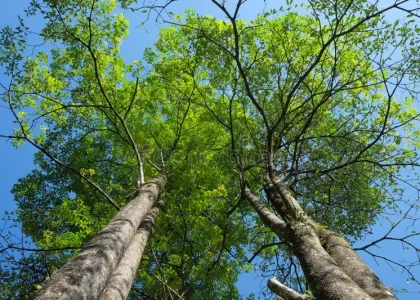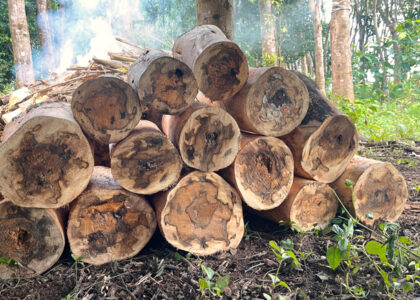Agarwood, also known as oud, is a highly valued resinous wood that is harvested from the Aquilaria tree species. Renowned for its aromatic properties and luxurious applications in perfumery, traditional medicine, and incense, agarwood cultivation has garnered significant attention as a profitable agricultural venture. This article outlines the agarwood growth timeline from planting to profit, illustrating the growth stages and key milestones for maximizing returns in this lucrative market.
Understanding the Agarwood Growth Stages: A Comprehensive Overview
The growth of agarwood can be categorized into several distinct stages that span from the initial planting of seedlings to the eventual harvesting of mature wood. The first stage begins with the germination of seeds, which typically occurs within two weeks. After germination, seedlings are nurtured for approximately 6 to 12 months in a controlled environment before being transplanted to their permanent location. During this period, it is crucial to provide adequate care, including watering, fertilization, and protection from pests, to ensure healthy growth.
Once transplanted, agarwood trees enter the vegetative growth stage, which lasts anywhere from 5 to 10 years. During this phase, the trees may grow up to several meters tall, developing a robust structure that supports future resin production. It is during this period that farmers must focus on proper irrigation, soil management, and disease prevention to encourage optimal growth. Additionally, regular monitoring of the trees for signs of maturation is essential for timing the resin induction process correctly.
The final stage of agarwood growth is the resin production phase, triggered by the intentional wounding of the trees. This stage can begin as early as 7 years after planting but may take up to 15 years or more, depending on environmental conditions and the tree’s health. Once the resin is developed, the trees can be harvested, yielding valuable agarwood. The resinous heartwood produced during this phase can be sold at a premium, making the entire cultivation process a potentially lucrative endeavor for growers willing to invest time and resources.
Maximizing Profit: Key Milestones in Agarwood Cultivation
To maximize profit from agarwood cultivation, it is essential to identify and capitalize on key milestones throughout the growth timeline. The first milestone occurs at the planting stage when selecting high-quality seeds or seedlings. Choosing the right variety and ensuring a healthy start in the nursery can significantly impact future growth and resin production. Establishing a strong genetic foundation is critical for not only enhancing yield but also improving the quality of the final product.
Another important milestone is the effective transition from the vegetative growth phase to resin production. This typically involves the application of induction techniques, such as artificial wounding or inoculation with specific fungi, to stimulate resin formation. Timing these interventions accurately is crucial; improper handling can lead to reduced yields or even compromise tree health. Growers must also consider environmental factors, such as soil quality and climate, which can influence resin production and overall profitability.
The final milestone is the harvesting and marketing of the agarwood. Understanding market trends, consumer preferences, and pricing dynamics is vital for maximizing profit when selling the harvested resin. Establishing relationships with buyers, whether they are retailers, manufacturers, or distributors, can facilitate better prices and ensure that the product reaches the right market. Additionally, diversifying product offerings, such as selling essential oils or incense made from agarwood, can further enhance profitability and capitalize on the high demand for this prized wood.
In conclusion, the journey of agarwood cultivation from planting to profit is a meticulous process that requires a thorough understanding of growth stages and strategic planning. By paying close attention to the key milestones in the growth timeline, growers can optimize their practices to enhance both yield and quality. As global demand for agarwood continues to rise, those who navigate the complexities of cultivation and marketing effectively stand to gain significantly from this valuable natural resource.




